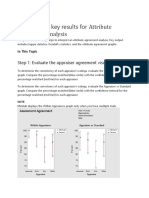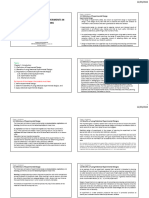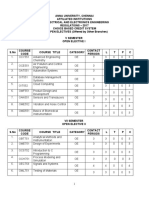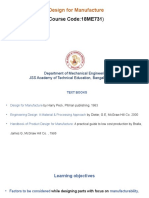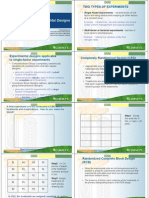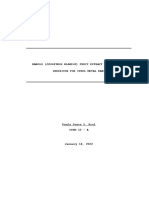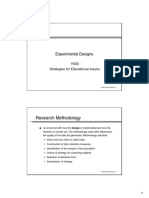0% found this document useful (0 votes)
691 views21 pagesLecture 1 - Design and Analysis of Experiments
The document discusses design of experiments (DOE), which involves testing or experiments to study processes and systems. It explains that DOE follows basic principles like randomization, replication, and blocking. Factorial designs are introduced, where all combinations of factor levels are tested, like a golf experiment testing driver type and ball type. Guidelines for designing experiments are also provided.
Uploaded by
Nixon Joe EmmanuelCopyright
© © All Rights Reserved
We take content rights seriously. If you suspect this is your content, claim it here.
Available Formats
Download as PDF, TXT or read online on Scribd
0% found this document useful (0 votes)
691 views21 pagesLecture 1 - Design and Analysis of Experiments
The document discusses design of experiments (DOE), which involves testing or experiments to study processes and systems. It explains that DOE follows basic principles like randomization, replication, and blocking. Factorial designs are introduced, where all combinations of factor levels are tested, like a golf experiment testing driver type and ball type. Guidelines for designing experiments are also provided.
Uploaded by
Nixon Joe EmmanuelCopyright
© © All Rights Reserved
We take content rights seriously. If you suspect this is your content, claim it here.
Available Formats
Download as PDF, TXT or read online on Scribd
/ 21


















